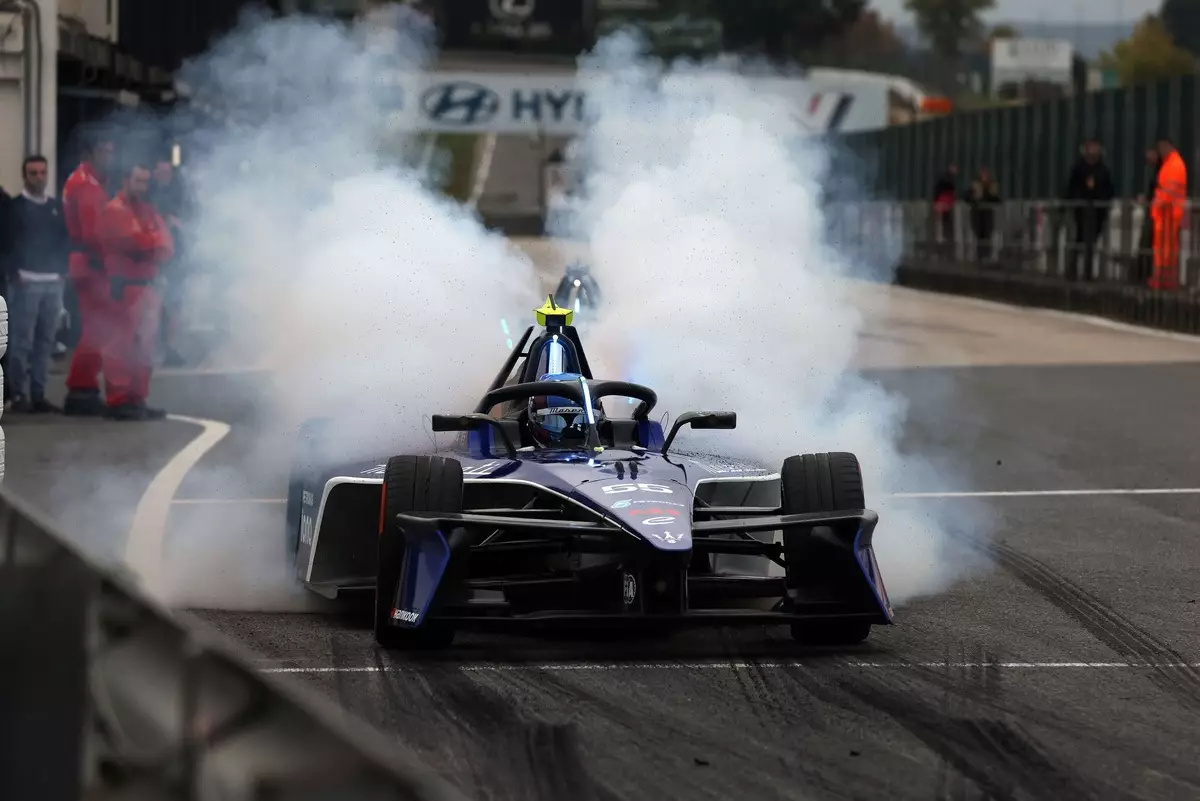Maserati has made a significant announcement that it will extend its participation in the Formula E championship until the end of the 2029-30 season by committing to the upcoming Gen4 regulations. This dedication marks a substantial milestone for a brand that has been dormant in single-seater racing since its last prominent performance in Formula 1, which saw it win the drivers’ title in 1957. By intertwining its historical legacy with modern electric racing, Maserati signals its ambition to be a key player in the future of motorsport.
In 2023, Maserati re-entered the racing scene under the Venturi Racing team umbrella, a franchise with roots dating back to Formula E’s inception in 2014. This strategic move not only reestablishes Maserati in competitive racing but also rejuvenates its brand image, aligning it with the progressive ethos of electric mobility. The transition from Venturi Racing to Maserati MSG at the beginning of the Gen3 era encapsulated a broader strategic pivot: a commitment to technological innovation and sustainability.
Notably, Maserati MSG has already marked its presence in the Formula E circuit, clinching two victories in Jakarta and Tokyo, both thanks to the talents of driver Maximilian Guenther. Finishing sixth and eighth in the teams’ championship further attests to their competitive spirit and highlights their potential for future success.
Maserati’s CEO, Santo Ficili, emphasized the deep-rooted connection between racing and road technology, asserting that “the bond between the track and the road is unbreakable.” This sentiment captures the essence of Formula E, which serves as not only a racing series but also a sandbox for electric vehicle technology development. As automakers grapple with stricter environmental regulations and a shifting automotive landscape, the collaboration between motorsport and consumer technology has never been more pertinent.
Joining prominent manufacturers such as Nissan, Jaguar, Porsche, and Lola, Maserati’s commitment to the new Gen4 regulations indicates an industry-wide acceptance of the relevance of electric racing. The increasing power output earmarked in the new regulations—set to reach a peak of 600 kW—demonstrates a concerted effort to enhance performance involved in electric racing.
Maserati’s decision to remain in Formula E for the next several years reflects more than just a passion for racing. It underscores a strategic alignment with progressive mobility trends and market demands. Jeff Dodds, CEO of Formula E, acknowledged Maserati and Stellantis Motorsport’s contributions, noting that their consistent performances on track underscore the championship’s relevance to both the racing community and everyday consumers.
This announcement comes at a critical juncture for electric racing, where technological advancements are paramount. The upcoming Gen4 rules not only promise significant changes in power and aerodynamics but also highlight the sport’s evolving nature, adapting to the enhancements in electric vehicle technology. For companies like Maserati that are rooted in performance, this evolution provides an exciting opportunity to innovate and showcase advancements through competitive racing.
Looking toward the 2024-25 season, Maserati MSG faces a fresh challenge with the introduction of new drivers, including the 2022 champion Stoffel Vandoorne and ex-McLaren driver Jake Hughes. This new lineup positions them strategically for a competitive edge in the upcoming races. As the right mix of skill and experience, these drivers could prove instrumental in Maserati’s quest for supremacy in Formula E.
As the São Paulo race approaches, the excitement builds not only for Maserati’s developments but also for the entire Formula E championship, which has become a melting pot for innovation, competition, and sustainability. Maserati’s commitment, alongside other global manufacturers, fortifies the future of electric mobility in racing, ensuring that the sport remains a vital contributor to sustainable automotive technology long into the next decade.
Maserati’s long-term involvement in Formula E heralds a promising trajectory for both the brand and electric racing as a whole, embodying a vital intersection of tradition and innovation. The eyes of motorsport enthusiasts and environmental advocates alike will be keenly focused on the developments that unfold in the years to come.

